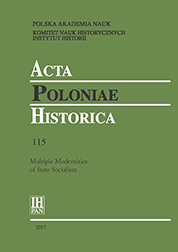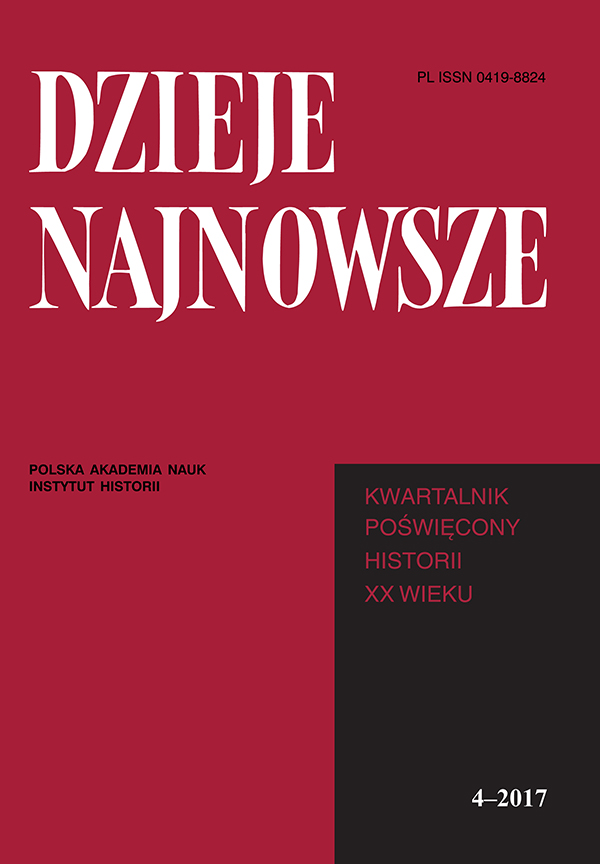
Modernisation through Contamination: Degradation of the Natural Environment in Poland (1945–70) as Perceived by the Authorities and the Society
The period 1945–70 saw a change in the approach to environmental contamination on the part of Polish authorities and the society. Before 1956, the imposed model of economic modernisation, which imitated and reproduced the Soviet patterns, glaringly contradicted the requirements of ecology. In the aftermath of the political turn of 1956, protection of waters and air against pollution finally became a matter of debate involving the authorities and the society. Basic legal solutions in this respect, meant to protect the environment against degradation, were adopted in the 1960s. The legislators generally followed the arguments and reasons behind the period’s industrial policy, with the resulting limited efficiency of the legal acts adopted. In any case, between 1956 and 1970 awareness emerged in the society with respect to threats to the environment. This is attested by the letters sent to the authorities whose authors, individuals and groups, criticised the developments of industrial modernisation – owing, primarily, to its detrimental impact on their health.
More...
